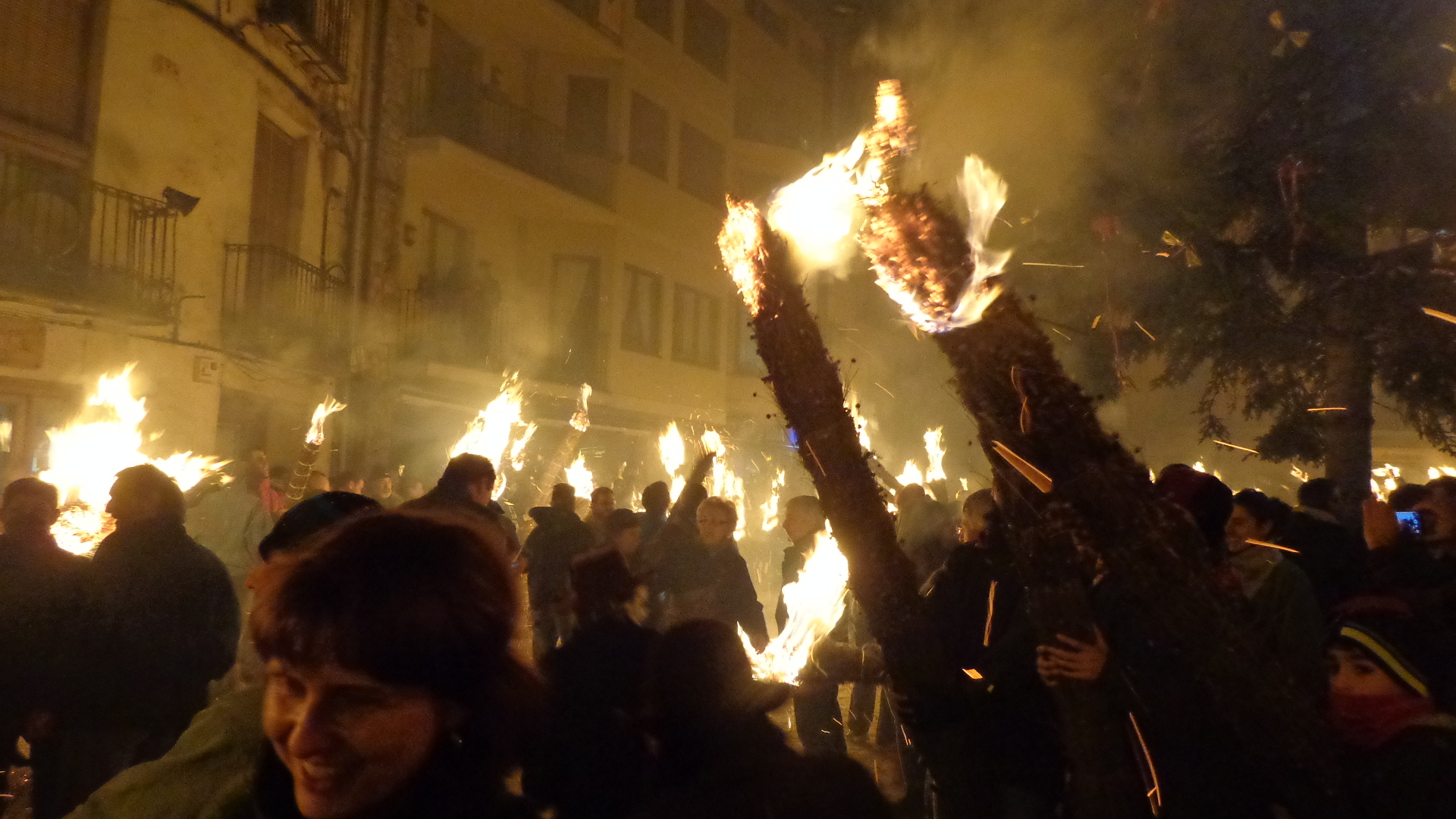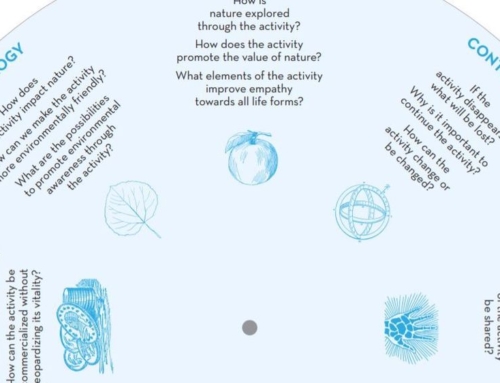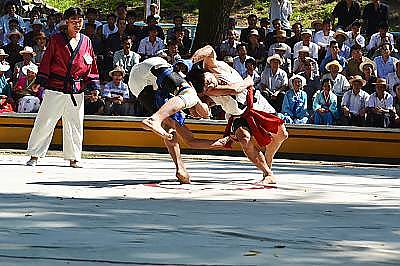Christmas is the Christian way of celebrating winter solstice, but there are in Catalonia (Spain) other living forms to celebrate this astronomic event which, in the Northern hemisphere, marks the beginning of the extension of sunlight hours and of a new year cycle. Two of such practices are the Fia-faia in the villages of Bagà and Sant Julià de Cerdanyola, and the Foc de Nuet in Vallcebre, inscribed in the inventory of the intangible cultural heritage in the Cadí-Moixeró Natural Park.
The Fia-faia takes place on December 24th at sunset, when a group of people will light their individual faies or torches in a specific point in the mountain and they will start a descent path to the village’s plaza. There, other people of different ages are waiting with their own faies ready to be lighted. The burning faies descending from the mountain will ignite the other torches and all of them will burn until the end. The faies are prepared some weeks before with a plant whose scientific name is Cephalaria leucantha. In Sant Julià de Cerdanyola, the faia has a stick or a trunk in the core, with the plant covering it, while in Bagà the whole faia is made on this plant.
The Foc de Nuet is a big bonfire lighted on December 24th at sunset. After Rooster’s Mass, people of the village of Vallcebre gathers together around the fire to share a traditional dish of the region, namely the escudella de blat de moro escairat, a pot prepared with corn and other ingredients.
Despite the depopulation suffered by rural zones, mainly in mountain areas, these practices remain living thanks to the will of the community and they continue playing an important role as contribution for social cohesion.




 The two Koreas unite for the safeguarding of traditional wrestling
The two Koreas unite for the safeguarding of traditional wrestling
Recent Comments